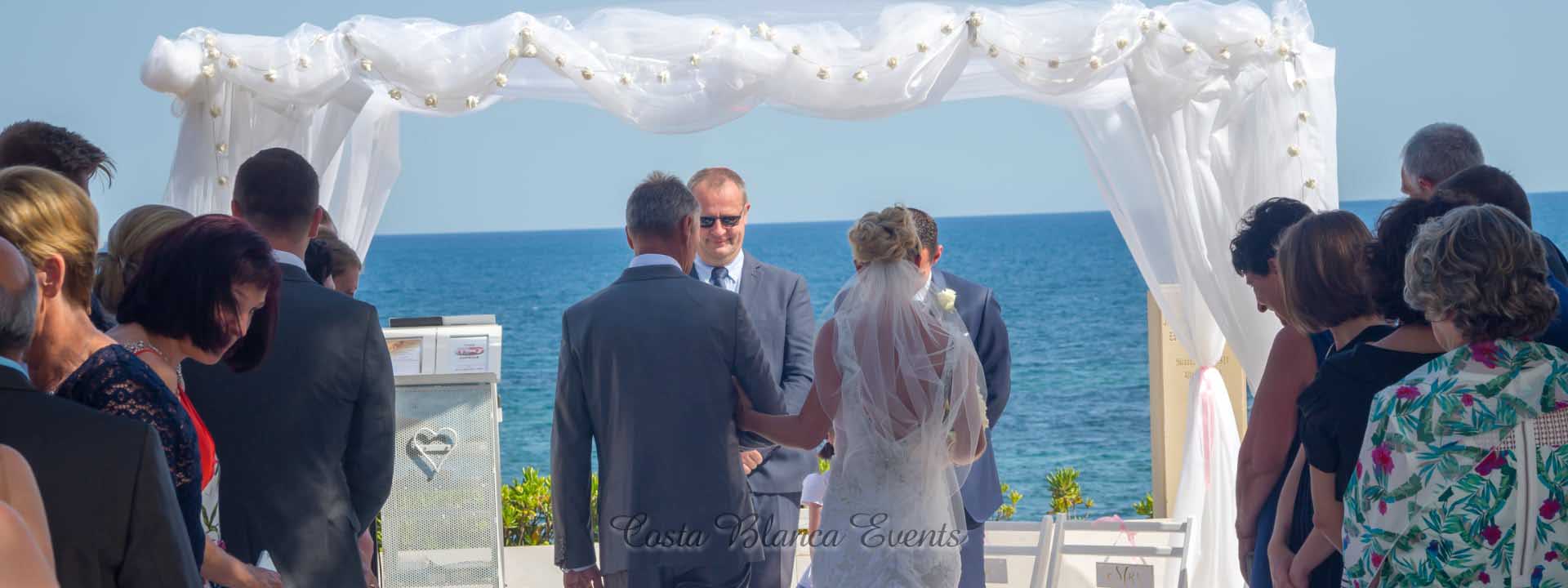Commitment Ceremony
The ceremony of marriage, considered one of the most important pre-wedding ceremonies not only in Hindu weddings but also in other religions, is often an intimate one with close relatives and friends from both the bride and groom side. Typically, this event happens a few months before the wedding. The fathers of both about to be married vouch for their child's values during the service, and make a formal wedding announcement to the invited guests of their children. Then the bride and the groom exchange rings to reinforce their engagement.
Ceremony at the Mehendi
The bride and her female family members meet to apply their henna prior to the wedding day. Such diverse patterns symbolize happiness, elegance, spiritual awakening and giving. And it's said the darker the colour, the stronger the bride and groom bond. As an added bonus, the thicker the henna, the better is your bond with your mother's in law too! So Indian brides must require their henna to dry up to eight hours to provide a deep, dark colour. The Mehendi artist would also cover the bride and groom 's names in her henna for the groom to later find.
Sangeet
The families usually hold a Sangeet the evening before the wedding. It is a more casual party where they will meet and mingle the two families. Often, the entire guest list may be invited, and friends and family members perform the couple's skits or dances, and a buffet-style dinner is served.
Pithi
Usually performed separately in the own homes of the bride and groom, the pithy ceremony is a ritual which brings wealth. Pithi is a paste of Tumeric, rose water, and chickpea flour spread to the face of the bride / groom. A thick yellow paste brightens the skin tone and blesses the pair.
The Mandap
Similar to a Jewish chuppah, the mandap is the altar that unites the groom and the bride. The four canopy pillars represent the four parents, and a holy fire called the Agni burns in the centre of the mandap.
The wedding Procession
The day starts with the procession of the groom at most Indian wedding ceremonies, as his whole family and friends all take him to the wedding altar.
Arriving in style on the back of a finely dressed white horse, the ceremony starts at the entrance of the groom. Surrounded in a wide circle of friends and relatives dancing and singing, he arrives at the entrance to the venue with his bride's family. The mother of the bride then welcomes the groom, and the families with floral garlands hug and greet one another. The groom then gets escorted to the altar (mandap) to wait for his bride.
After that, the bride and her family will welcome the groom and the couple will wear Milni Malas, floral garlands, around their necks. Those symbolize their shared acceptance.'
The groom is dressed in a long jacket called a Sherwani, and tailored trousers called Churidars, in the Baraat. He wears on his head a Safa, a turban, with a large fancy brooch called Kalgi pinned on it.
The Lighting of the Agni
After the garlands are exchanged, the priest lights the sacred fire or Agni. Agni symbolizes the witness of the divine. So any commitments made in front of it are made in the presence of God.
The Mangal Phera
The pair performs the mangal phera after the Kanya Daan ceremony, in which the parents of the bride give her away. They join hands and circle around the Agni four to seven times, holding the four pillars in mind for a happy life. Such pillars reflect the obligation to one another, family and Christ, wealth, passion and strength, and redemption. Then the couple races after they have circled the fire to be the first back to their place. The quickest to sit is said to maintain dominance in marriage...
Saptapadi (The Seven Sacred Steps)
The couple takes seven sacred steps together, after the mangal phera is complete. Each step is a sacred promise that the couple must make, symbolizing a happy, faithful and prosperous life. The groom then adds a red powder to the middle of the bride's forehead and wraps a beaded black and gold necklace around her waist, symbolizing her new status as a married woman and her promise to always protect her. The priest must finally offer his union blessings, and the celebration can begin! (Some couples will steal a kiss here to scandalize their older relatives, but it's not an Indian wedding tradition).
The Party!
Wedding celebrations in India are quite close to those in the West, it is all one big crowd! A big buffet-style dinner ends in desserts and cakes. So then they invite us to reach the dance floor! Since guests are told to stop bringing packaged presents, the guests will lavish the dancing couple with money at some point during the evening in order to wish them a happy and healthy life.
Indian weddings are enjoyable and entertaining from beginning to end. So put on your best gold jewellery and have a wonderful time!









